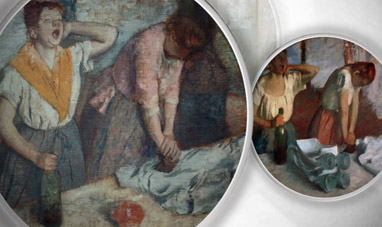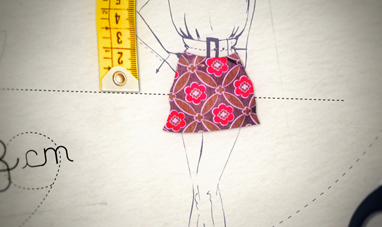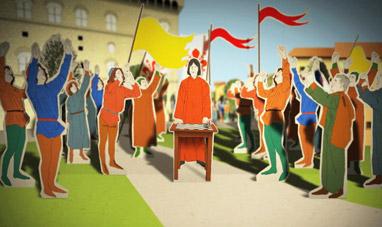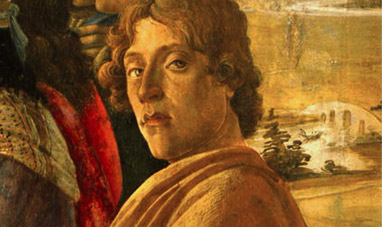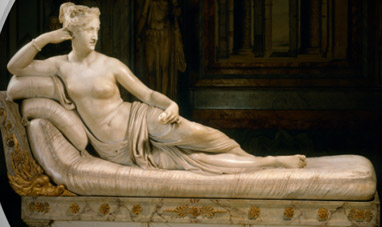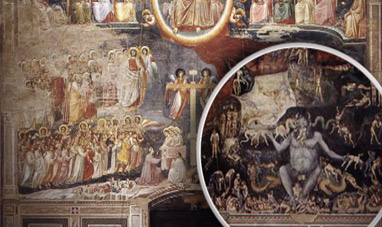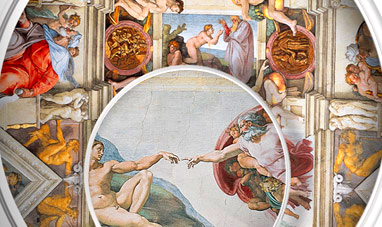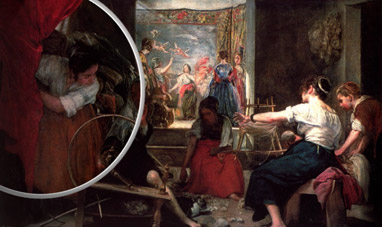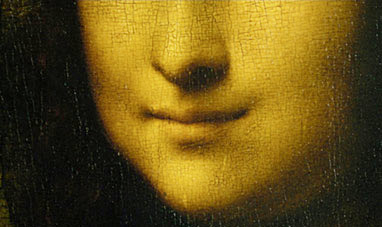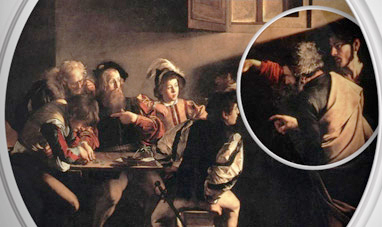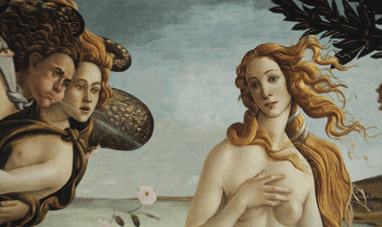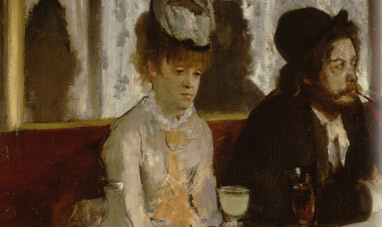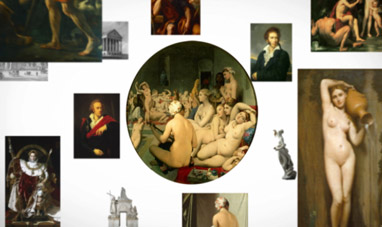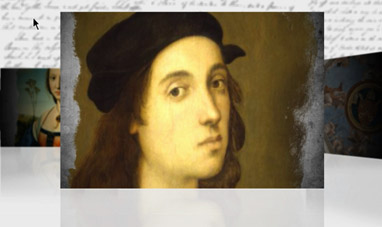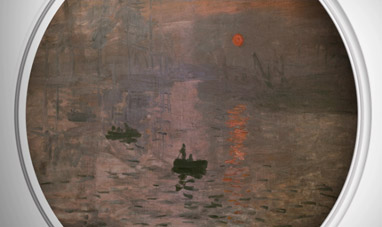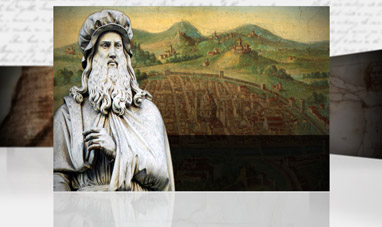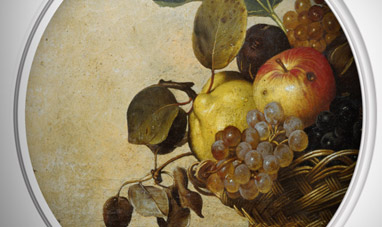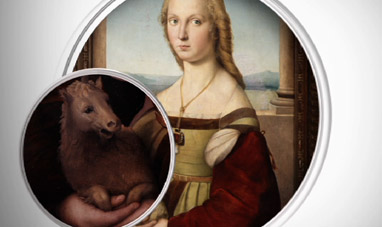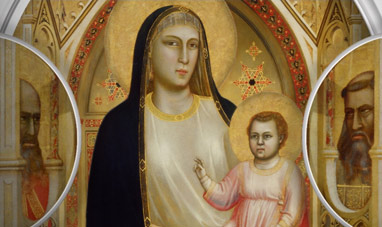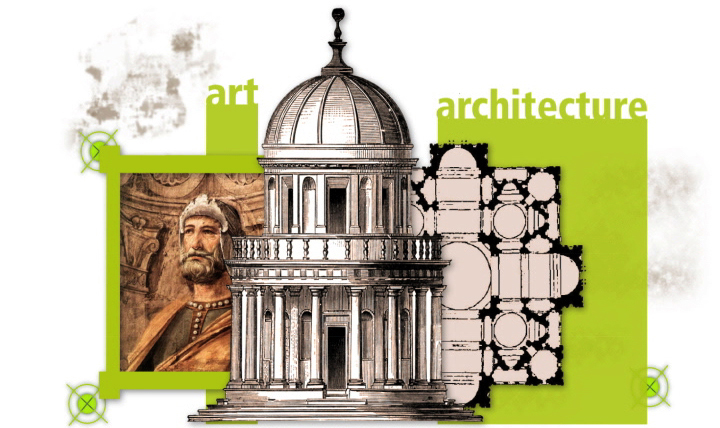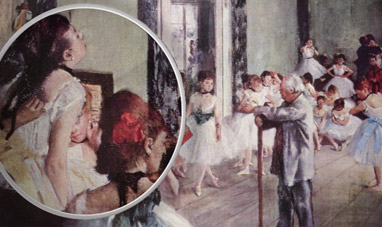Primavera, or Spring, is a painting measuring 203 by 314 cm. The work depicts a group of classical divinities on a typically spring-like flowered lawn. The figures are arranged in balanced symmetry, orbiting the goddess Venus. Primavera was painted by Florentine Sandro Botticelli, a Renaissance painter, between 1478 and 1482. During the Renaissance, artwork was no longer commissioned exclusively by the Catholic Church, and thanks to noble patrons and the new aristocracy, aesthetic ideals like balance and harmony that were central to classical Greek culture, and had almost entirely disappeared during the medieval period, experienced a rebirth. Primavera is a good illustration of this revival of classical Greek aesthetic, both because of the balance of the composition and its subject. Botticelli’s Primavera was also the first modern work to depict pagan gods life-sized. Although it is not known who commissioned the painting, academics believe the most likely patron was either Lorenzo de’ Medici, Giuliano de’ Medici or Lorenzo di Pierfrancesco de’ Medici, each members of the most powerful family in Florence. Lorenzo di Pierfrancesco is generally accepted as the most probable candidate, and is believed to have commissioned the work when he got married.
There are 9 figures in Botticelli’s Primavera, almost all in the foreground. On the right, a flying blue figure seizes a young woman with flowers coming out of her mouth, who in turn grasps another female figure, usually interpreted as Flora, the goddess of flowers. In the center, slightly further back than the other figures, stands a young woman who is probably the goddess Venus. Cupid, the young god of love, is shown above her holding a bow and arrow. On the left, there are 4 people – 3 dancing women, probably the Graces – the incarnation of beauty – and a young man who is probably the god Mercury. Each figure in the painting is full of allegorical meaning and there are different theories on the interpretation and the general sense of the work. One theory reconnects the painting to the myth of Flora, narrated by the Roman poet Ovid. The girl with flowers coming out of her mouth is probably the nymph Chloris who, after her union with the spring wind Zephyrus, represented by the flying blue figure, would change into Flora, the female figure she is holding on to.
In another interpretation, the figures of Mercury and Venus impart a moral lesson. Mercury, on the left, represents reason, and is using his stick to drive away the clouds, a symbol of ignorance. Fully dressed and immobile, Venus represents pure and chaste love, in opposition to the emotional turbulence evoked by the movement of the figures in the group on the right. There are various other interpretations, but no single viewpoint holds sway over the others. Primavera remains profoundly enigmatic. The painting was initially kept in Lorenzo di Pierfrancesco’s Florentine palace. Sometime before 1550 it was moved to the de’ Medici villa in Castello, near Florence, where it would remain until 1815. Today, Primavera is on display at the Uffizi Museum in Florence.
There are 9 figures in Botticelli’s Primavera, almost all in the foreground. On the right, a flying blue figure seizes a young woman with flowers coming out of her mouth, who in turn grasps another female figure, usually interpreted as Flora, the goddess of flowers. In the center, slightly further back than the other figures, stands a young woman who is probably the goddess Venus. Cupid, the young god of love, is shown above her holding a bow and arrow. On the left, there are 4 people – 3 dancing women, probably the Graces – the incarnation of beauty – and a young man who is probably the god Mercury. Each figure in the painting is full of allegorical meaning and there are different theories on the interpretation and the general sense of the work. One theory reconnects the painting to the myth of Flora, narrated by the Roman poet Ovid. The girl with flowers coming out of her mouth is probably the nymph Chloris who, after her union with the spring wind Zephyrus, represented by the flying blue figure, would change into Flora, the female figure she is holding on to.
In another interpretation, the figures of Mercury and Venus impart a moral lesson. Mercury, on the left, represents reason, and is using his stick to drive away the clouds, a symbol of ignorance. Fully dressed and immobile, Venus represents pure and chaste love, in opposition to the emotional turbulence evoked by the movement of the figures in the group on the right. There are various other interpretations, but no single viewpoint holds sway over the others. Primavera remains profoundly enigmatic. The painting was initially kept in Lorenzo di Pierfrancesco’s Florentine palace. Sometime before 1550 it was moved to the de’ Medici villa in Castello, near Florence, where it would remain until 1815. Today, Primavera is on display at the Uffizi Museum in Florence.

